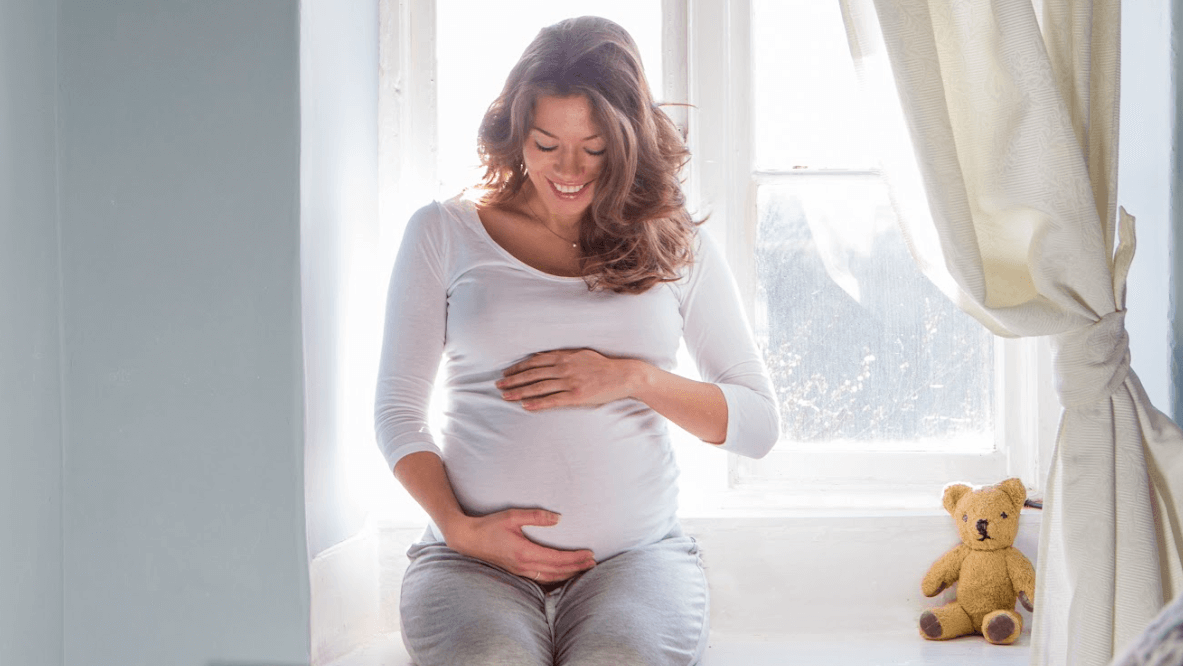Learn About the Risks of VBAC
&srotate=0)
For women whose birth plan includes a vaginal delivery, having to pivot to a C-section unexpectedly can be discouraging and even disappointing — though it is often necessary for the health and safety of both the mother and baby. Still, many women go on to have a successful vaginal delivery after a previous c-section in an event known as a VBAC — or vaginal birth after cesarean. For women considering a VBAC, it is important to select a provider who is knowledgeable and experienced in the various complexities and risks of VBAC births to help increase the chance of a safe and successful delivery.
At Essential Women's Health Associates, with convenient locations in Las Vegas and Henderson, NV, OBGYN Dr. Samantha Schoenhaus is committed to helping women enjoy their ideal birth scenario while balancing realistic expectations with health and safety. Explore some of the common risks of VBAC delivery here, and learn why you may or may not be considered a suitable candidate for VBAC.
Who is eligible for a VBAC?
There are many unique factors that will be considered when determining whether a woman may be eligible to attempt a VBAC, including her overall health, fetal health, history of complications with pregnancy or delivery, number of previous births and or C-sections, and others. Generally speaking, women who have had a low number of previous C-sections, are in good overall health and have no history of complications during prior pregnancies and past deliveries may be considered preliminarily eligible for a VBAC attempt, though a thorough consultation will be required first. It is also important to keep in mind that even when a VBAC is incorporated into a birth plan, it may be necessary to pivot to a C-section in the event of an emergency or even a change in the mother or baby's status — like a change in fetal position.
What would disqualify you from a VBAC?
Again, each patient's case will be thoroughly evaluated prior to determining whether a VBAC may be possible. While it is impossible to speculate on what may disqualify a woman from attempting a VBAC without evaluating her specific situation, we typically do not recommend VBAC for patients who:
- Are over 40
- Are obese
- Have a history of uterine fibroids
- Have a history of uterine rupture
- High high vertical uterine incision
Is VBAC safe?
In some cases, a VBAC may be a safe and appropriate consideration. However, patients should understand that there are some risks associated with a VBAC attempt. Some of the most common risks of VBAC:
- Blood loss
- Uterine rupture
- The need for an emergency C-section
To reduce your level of risk during VBAC, it is critical to choose a highly qualified OBGYN, adhere to a healthy lifestyle and regular obstetric care schedule, and wait at least 18 – 24 months after your past C-section before considering an additional delivery. If you have additional questions about risks with VBAC and how you can give yourself the best possible chance for a successful VBAC, don't hesitate to give us a call.
Experience the birth plan you've always wanted with a monitored VBAC in Las Vegas, NV
If your first delivery didn't go as planned, and you're still hoping to experience a vaginal birth, you may be a candidate for a VBAC attempt — but it is important to select an OBGYN who is highly skilled and knowledgeable in the complexities, risks, and other aspects of VBAC. At Essential Women's Health Associates, Dr. Samantha Schoenhaus understands the deeply personal desire many women have to experience a vaginal birth and will work closely with you to help you achieve your goals with VBAC in Henderson or Las Vegas, NV in the safest way possible. Contact us today to schedule a consultation.